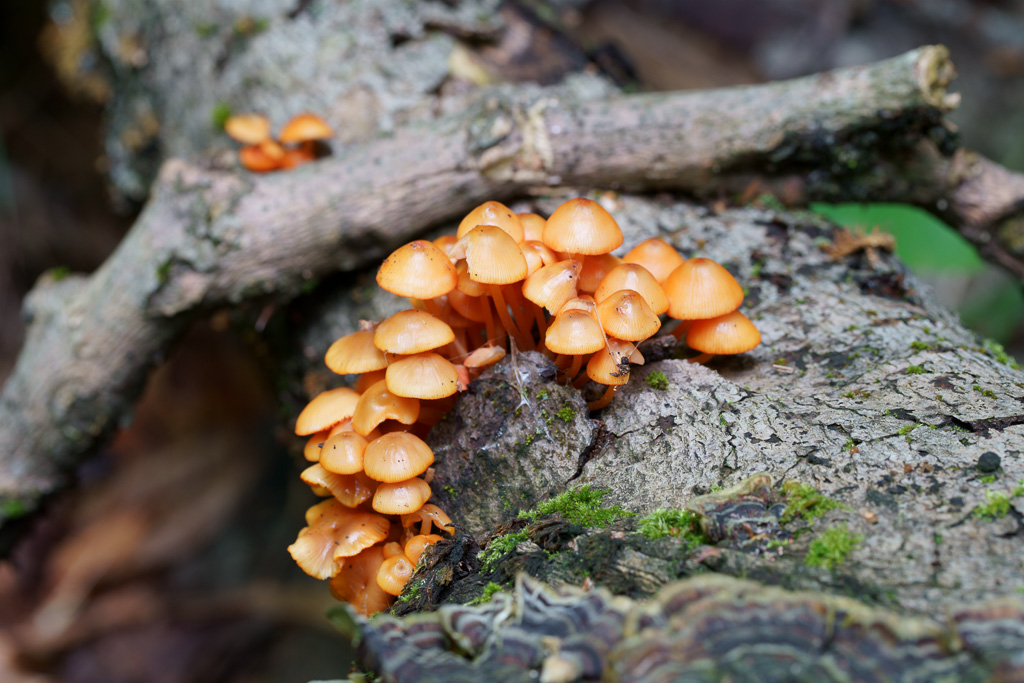Ron had to run some errands. There was the post office to send a parcel, then the bank to deposit donations he’d collected for a charity, then the convenience store for groceries. However, it took him longer to move from one location to the next, and when he checked his watch, he realized that at his current pace the entire morning would be gone by the time he had finished at the convenience store.
He couldn’t explain why he was moving so slowly. It felt as if there was more resistance from the sidewalk. Maybe the city had sprayed a special coat on the sidewalk to make it less slippery. With winter coming, a non-slip surface would be useful.
At the corner, where a huge billboard overlooks the parking lot, two workers were putting up a new ad. Ron paused to watch them unfurl rolled up sheets of paper then smooth them into place with glorified squeegees. The ads featured young people, physically exceptional, like everyone in the world of advertising. They smiled with gleaming perfect teeth and wore brightly coloured clothes. Each held a smart phone, some, texting, others, talking. The workers hadn’t unfurled all the words yet. Something about living your most authentic life. Sharing your true self with your true friends. Sentimental goop. Ron didn’t wait for them to finish, but moved on.
As Ron was arriving at the post office, his cousin Andrew approached from the opposite direction and seeing Ron, his stony face came alive. He shouted Ron’s name and asked how he was doing. It was an animated exchange until Andrew glanced over Ron’s shoulder to the sidewalk behind him and his lively face turned to stone again. He excused himself. Said it was great to see Ron. Would love to shoot the shit but he was late for a dental appointment.
On his way to the bank, something similar happened. He saw an old friend named Marty who was drinking coffee while sitting on the edge of a concrete planter, so he stopped to say hi. At first, Marty seemed happy to see him. All smiles and sunshine. But after looking past Ron, on down the sidewalk behind him, Marty’s expression clouded. Unlike Andrew, who tended to be contained, Marty was more inclined to let everything out.
Geez, Ronny boy, you having bladder control issues?
Christ, Marty, what a thing to ask.
Despite the insult, Ron checked the crotch area of his trousers to be sure he didn’t have any leakage and found that all was dry. He pointed emphatically at his crotch and told Marty to check it out. In turn, Marty pointed to the sidewalk behind Ron and told him to check it out. Ron turned and saw a wide line of moisture trailing from the place where he stood and extending all the way back to the intersection. The moisture gleamed in the morning light.
Christ, Marty, what’s happening to me?
Not your bladder?
No.
Ron knelt beside the trail of moisture and dabbed it with an index finger. The fluid was clear and felt viscous, like the gooey trailings of a slug. It was clear to Ron that this was coming from him, this leakage, but he had no way to account for it. He raised his gaze from the sidewalk to the workers in the distance who were putting away their tools and climbing down from the billboard. Why was it, he wondered, that in the world of advertising, the authentic self was so neat and so pleasing to look at while here on the ground it was such a messy proposition?



